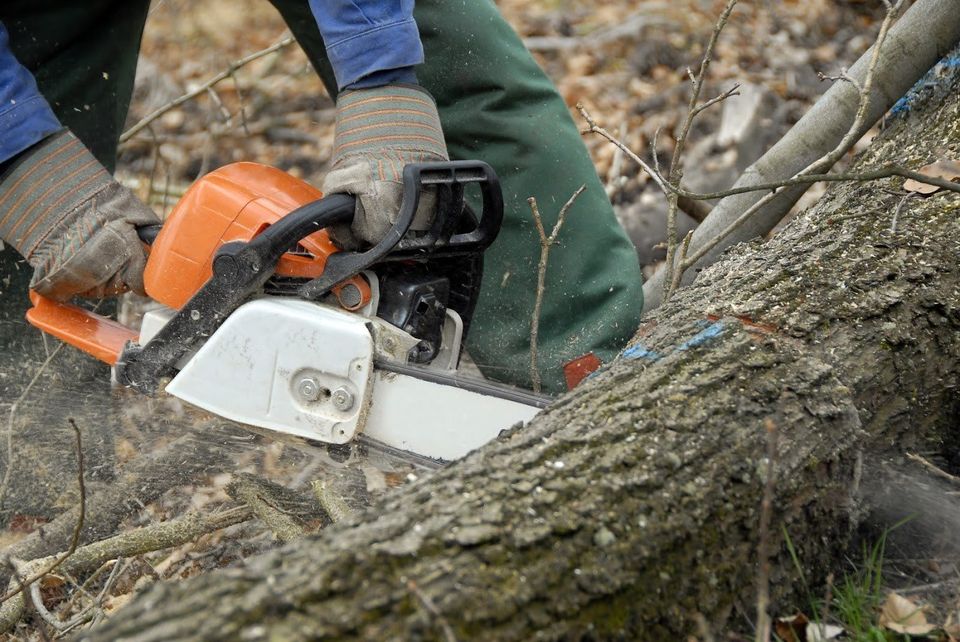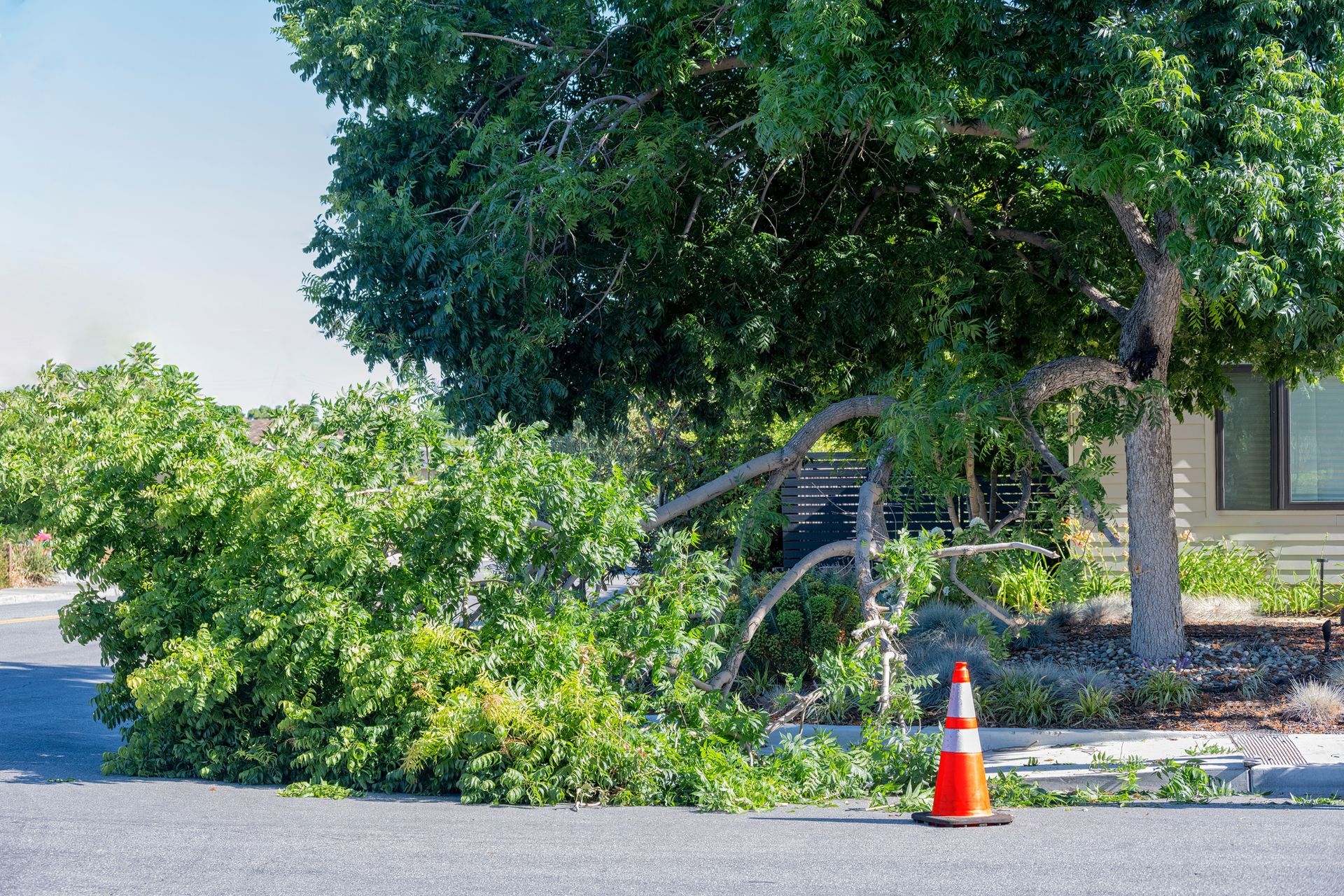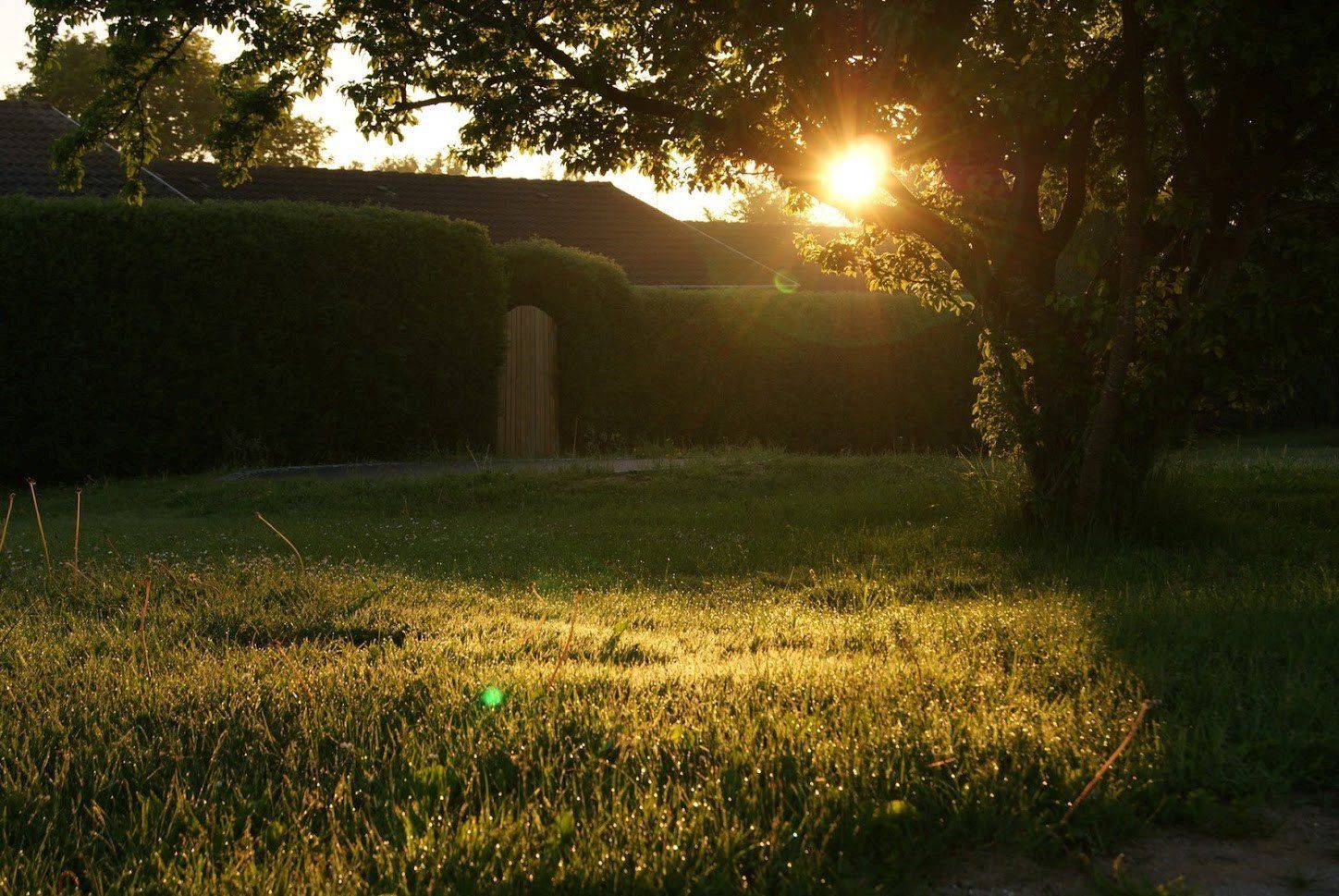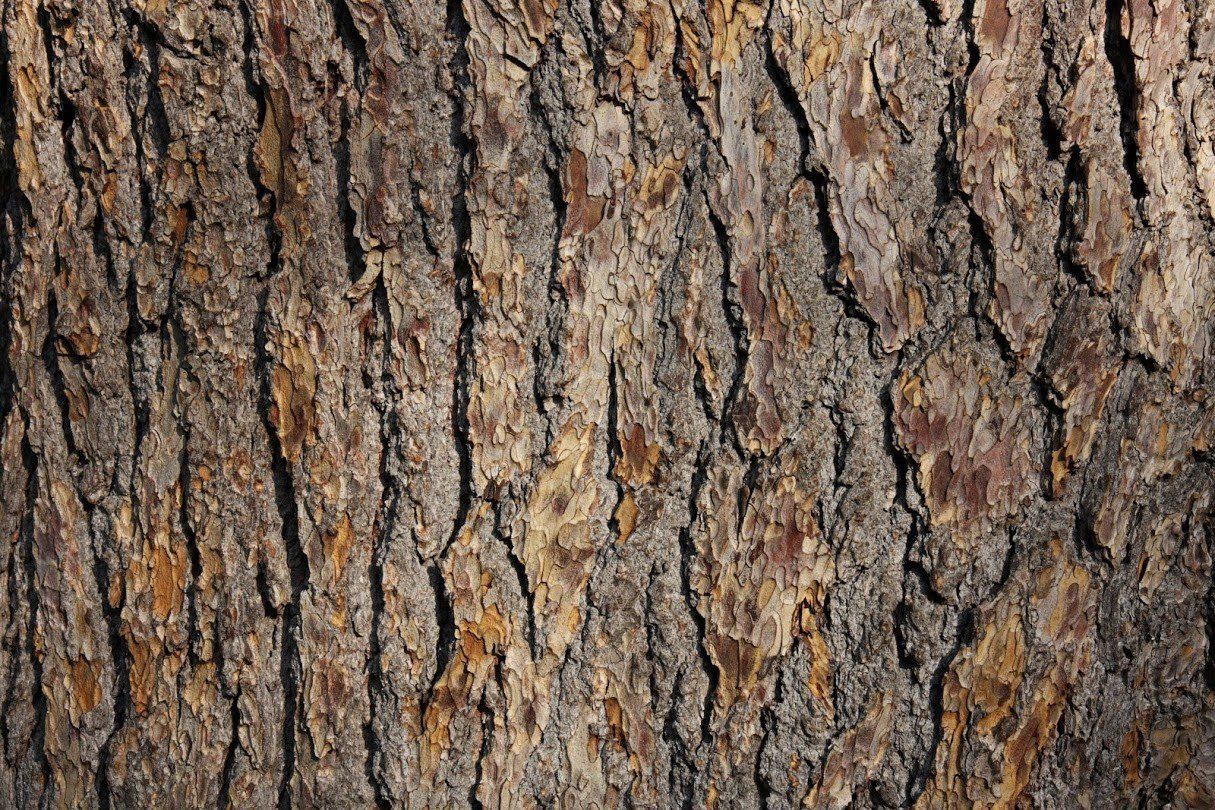4 Signs a Deciduous Tree Needs Removal | Kaily's Tree Service
Learning how to protect your property from hazardous deciduous trees saves you time and money in the future. While deciduous trees like maples and oaks are popular for providing shade around a home, these same trees can also cause a lot of damage when they fall.
Deciduous trees have a dense wood grain, so they can put up with some abuse and still be a sound standing tree. However, eventually even the strongest oak succumbs to disease, damage, or sheer age. The following are four warning signs that a deciduous tree poses a threat to your property and needs prompt removal.
1. Proximity to Utilities
Unlike the compact and mostly upright growth pattern favored by many evergreens, most deciduous trees spread out many yards wide. This means that a tree planted 15 feet away from a hanging power line easily reaches the utility, eventually interrupting your home's electrical supply.
Falling limbs from a healthy but wide-spreading deciduous tree can severely damage your home, vehicle, or utility lines. Another utility-related problem involves the wide-spreading roots of a deciduous tree growing down into your septic system.
The roots of a deciduous tree 20 to 30 feet away can clog the field line or even crack the septic tank itself, creating a health hazard as sewage leaks out. Trees that grow on or near the field line need to be removed before they can cause any lasting damage.
2. Dieback in Crown
One good way to check the health of your favorite deciduous is to look at the spring and summer leaf growth. Does the crown or top of the tree have a thick and continuous set of leaves? Does the tree lose leaves unusually early or never grow them at all in certain spots?
Since deciduous trees don't keep their leaves year round like evergreens, leaf loss in the middle of spring or summer is a sign of failing health. Look for branches and limbs in the center of the crown dying out, especially main leader branches. Healthy trees lose a few branches here and there from the bottom up, but damage spreading outward from the crown indicates more serious disease or damage.
3. Hollow in Center
Deciduous trees become hollow due to fungus or rot, not as a natural part of the growing process. Loss of a tree's core causes instability, even if the rest of the tree is still alive. The safety of a hollow tree depends on the thickness of the remaining live wood and the diameter of the tree.
If the tree flesh from bark to hollow is too thin, the tree needs to be removed. A professional tree service technician brings along the right tools to gauge the thickness and determine if removal is best.
4. Spread of Roots
Some deciduous trees have fast-growing and wide-spreading roots. Even when the reach of the branches is far from your home, the roots may threaten your home's foundation or buried plumbing. Identifying the actual spread of a tree's roots from above the surface takes a professional's skill and experience.
Invasive trees that reproduce and fill your landscape with new saplings by root or seed also deserve removal. Planting these invasive trees far from your home or utilities still backfires when new saplings pop up in all the wrong places and crack your driveway, foundation, and more.
If you notice any of these signs in the trees around your home, don't delay in calling us here at Kaily's Tree Service . Hire our team to take out potentially dangerous trees before they get a chance to damage your home or cause an injury.










